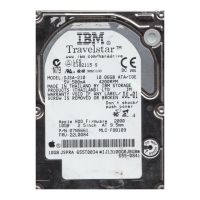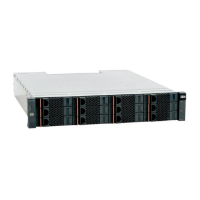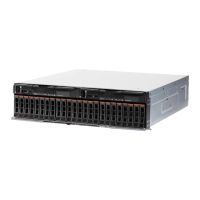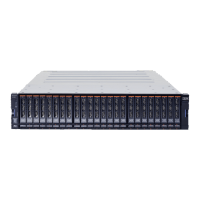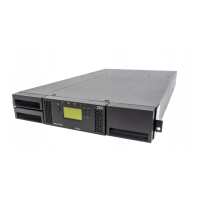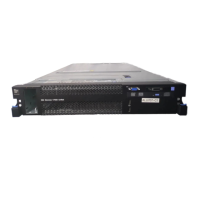11.2 Diagnostic and Reset considerations
The Set Max password, the Set Max security mode and the Set Max unlock counter are not retained over
a Power On Reset but are retained over a Hard Reset or Soft Reset.
For each Reset and Execute Device Diagnostic, the diagnostic is done as follows:
If Device 1 is present, Device 0 shall read PDIAG- to determine when it
is valid to clear the BSY bit and if Device 1 passed or failed the
EXECUTE DEVICE DIAGNOSTIC command; otherwise, Device 0 shall
simply execute its diagnostics and then clear the BSY bit. DASP- is
asserted by Device 0 (and Device 1 if it is present) in order to indicate
that the device is active.
Execute Device Diagnostic
If Device 1 is present, Device 0 shall read PDIAG- to determine when it
is valid to clear the BSY bit and whether Device 1 has reset without any
errors; otherwise, Device 0 shall simply reset and clear the BSY bit.
DASP- is asserted by Device 0 (and Device 1 if it is present) in order to
Soft Reset
DASP- is read by Device 0 to determine if Device 1 is present. If Device
1 is present Device 0 shall read PDIAG- to determine when it is valid to
clear the BSY bit and whether Device 1 has powered on or reset without
error, otherwise Device 0 clears the BSY bit whenever it is ready to
accept commands. Device 0 may assert DASP- to indicate device activi-
ty. If Device 1 is not present, Device 0 does not Assert DASP- at POR.
Power On Reset, Hard Reset
In each case—Power On Reset [Hard Reset], Soft Reset, and the Execute Device Diagnostic
command—the Device 0 Error register value is interpreted using the table below.
Error
Device 0
PDIAG-
Device 1
Figure 62. Reset error register values
The "x" indicates the appropriate Diagnostic Code for the Power on, RESET-, Soft Reset, or Device
Diagnostic error.
Travelstar 48GH, 30GN & 15GN hard disk drive specifications
80
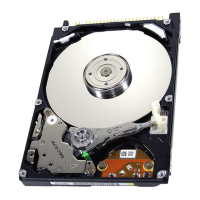
